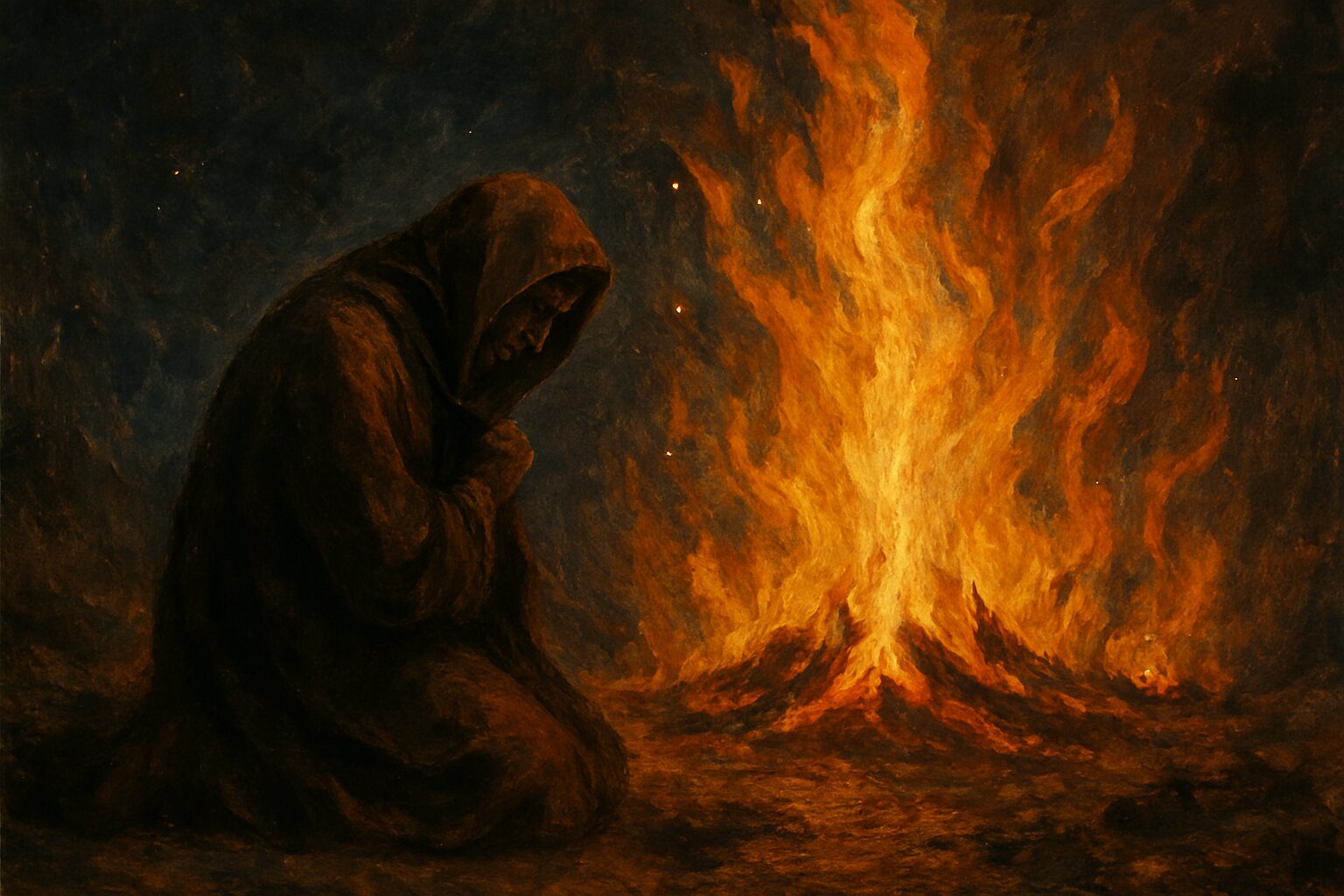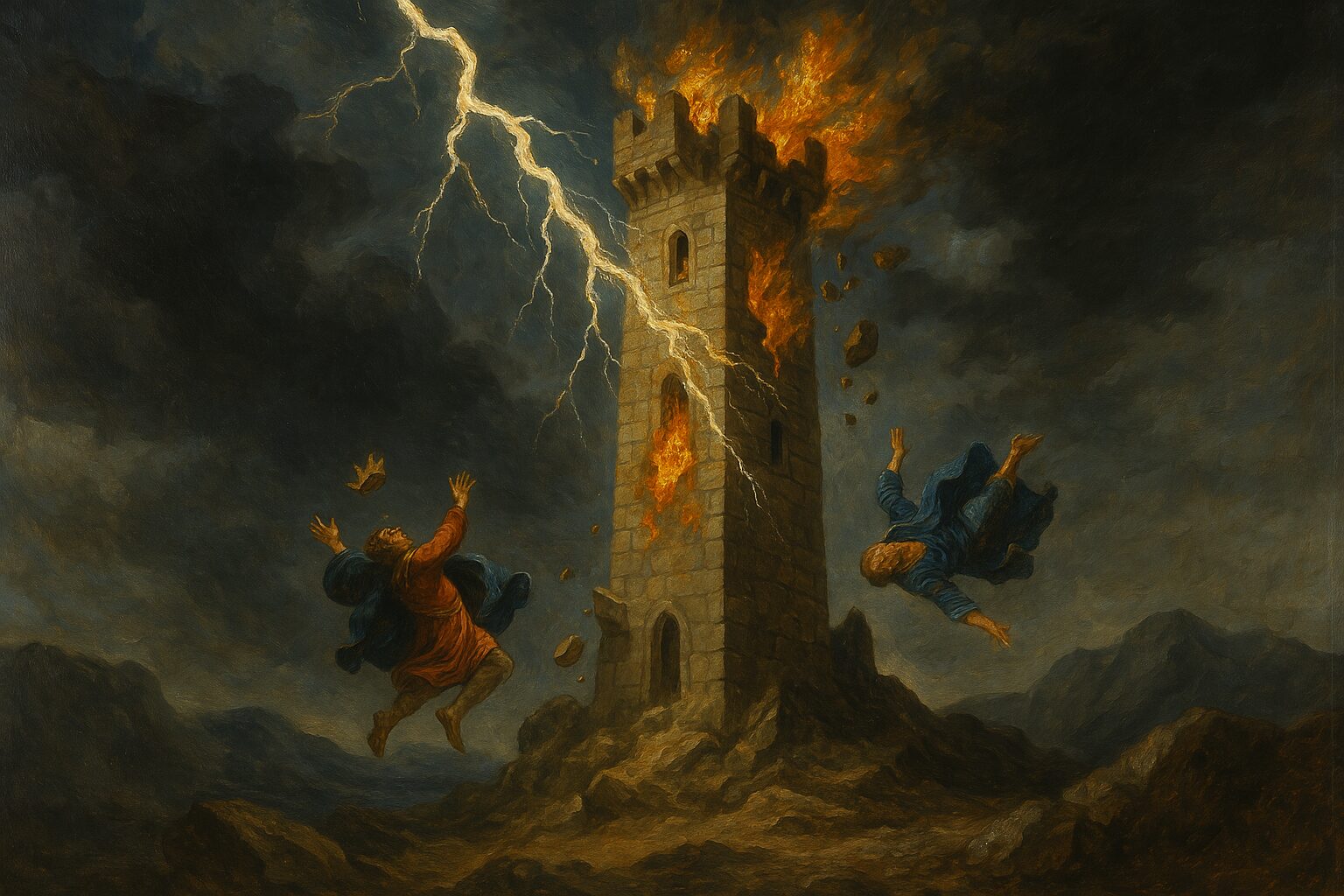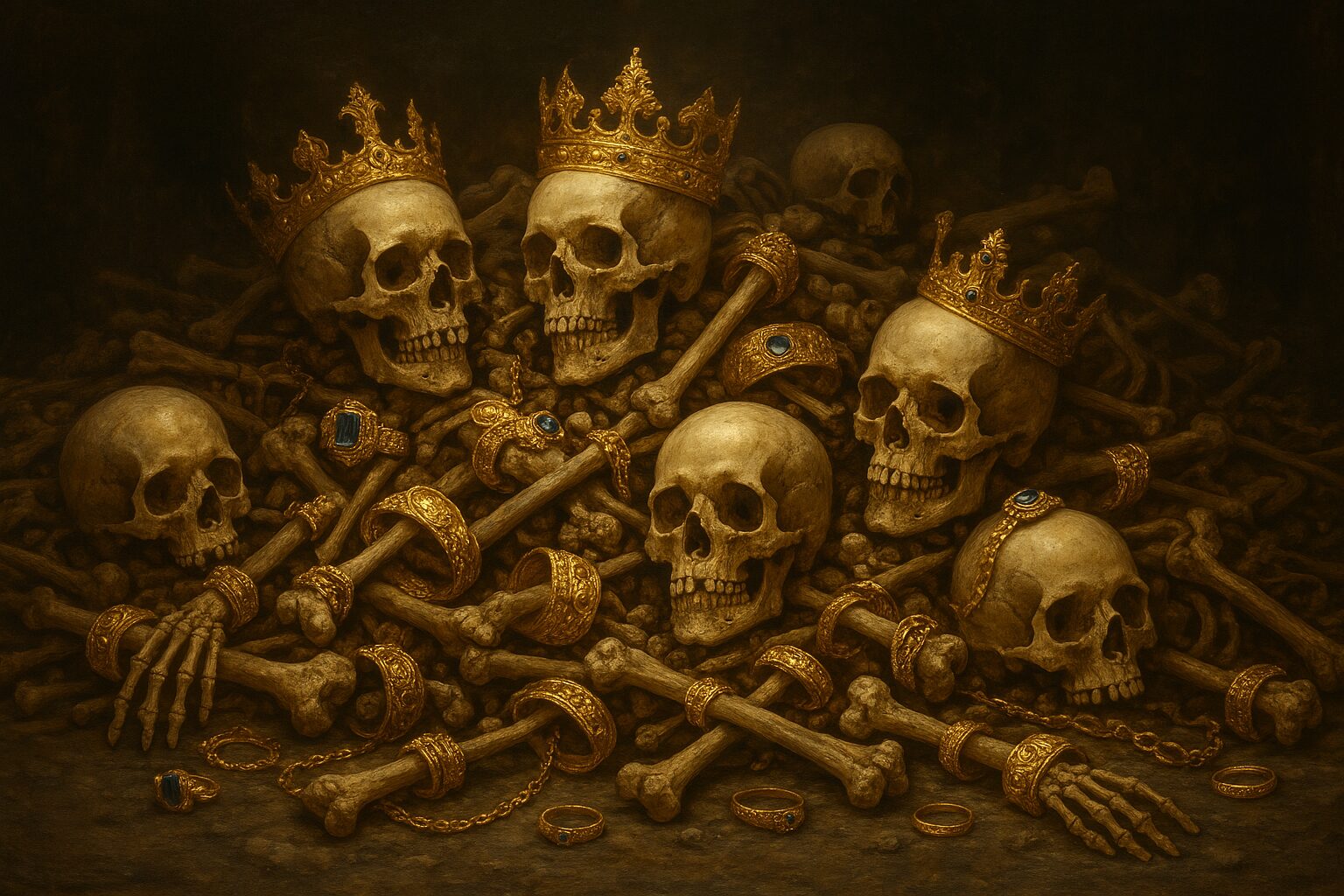In the fleeting rhythm of life, we chase after things that glitter—wealth, fame, power—believing that in their acquisition, we will find lasting peace. Yet, as the years pass, we inevitably come to face a profound truth: all that we gather in this world will return to the earth. The phrase “Dust to dust” is a somber reminder of this impermanence. Everything in this world is transient—nothing stays, nothing endures. We, too, like the things we cherish, will eventually fade into the dust.
This understanding is not new. Throughout history, great spiritual teachers have offered their wisdom, each urging us to reflect on the vanity of worldly pursuits. Buddha Shakyamuni, Jesus Christ, and Lao Tzu—three luminaries from different traditions—have shown us that our attachment to material wealth, status, and worldly goals often keeps us from the deeper truths of existence.
Buddha Shakyamuni: The Middle Path and the Illusion of Attachment
Buddha Shakyamuni, the awakened one, walked the earth over two thousand years ago, offering profound insights into the nature of suffering and the path to liberation. He taught that attachment is the root of suffering. All things in this world, he reminded us, are impermanent—anicca—and clinging to them, whether it be to wealth, power, or even relationships, leads to dissatisfaction. It is the belief that we can control or permanently hold onto these transient things that creates our suffering.
The Buddha’s path, known as the Middle Way, urges us to avoid extremes: neither indulgence in worldly pleasures nor complete renunciation. Instead, it teaches detachment, not in the sense of abandoning the world, but in freeing ourselves from the attachment to it. When we stop clinging to what is temporary and learn to embrace impermanence, we experience true peace.
Buddha’s teachings remind us that our worldly pursuits are but fleeting shadows. The more we chase them, the more they slip through our fingers, like sand in the wind. To seek eternal happiness through material means is to deny the nature of the world. The true treasure, the Buddha teaches, lies in understanding the nature of the mind and finding peace in the present moment.
Jesus Christ: The Kingdom Within
Jesus Christ, the embodiment of love and compassion, similarly spoke of the futility of worldly treasures. He reminded his followers: “Do not lay up for yourselves treasures on earth, where moth and rust destroy, and where thieves break in and steal. But lay up for yourselves treasures in heaven…” (Matthew 6:19-20). In these words, Jesus pointed to a profound truth—that the things of this world are temporary, and investing in them will only lead to disappointment.
Jesus spoke of the Kingdom of God, but it was not a kingdom built on earthly power or material wealth. Instead, the Kingdom of God exists within each of us, accessible through love, compassion, and selflessness. It is a place where the pursuit of external success is irrelevant, for true fulfillment comes from connection with the divine, and in serving others with a pure heart.
Jesus’s life was the ultimate example of surrendering worldly pursuits. Born into humble circumstances, he did not seek riches or status. Instead, he focused on healing the sick, comforting the downtrodden, and spreading love. In his ultimate sacrifice on the cross, Jesus embodied the idea that life is not about acquiring but about giving—surrendering everything for the greater good. His teachings show us that, rather than chasing after the fleeting pleasures of the world, we are called to seek a deeper, spiritual connection that transcends material desires.
Lao Tzu: The Way of Wu Wei and the Power of Simplicity
Lao Tzu, the ancient Chinese sage and founder of Taoism, offered another path to understanding the vanity of worldly pursuits through his teachings in the Tao Te Ching. He emphasized the power of simplicity, humility, and alignment with the natural flow of the universe, or Tao. Lao Tzu famously wrote: “The way to do is to be,” encouraging us to align with the rhythms of life, rather than forcing our own agendas onto the world.
For Lao Tzu, the pursuit of wealth, fame, and power is a distraction from the true nature of existence. These worldly goals lead to conflict, struggle, and imbalance. Instead, he taught the concept of Wu Wei, or effortless action—the idea that we should flow with life rather than resist it. When we let go of our attachment to worldly goals, we find that the universe provides for us in its own time and manner. Lao Tzu’s wisdom invites us to release the burden of striving and to trust in the natural order of things.
In the Taoist view, the pursuit of material wealth is ultimately hollow. Lao Tzu warns that excessive desire leads to emptiness. It is only when we stop clinging to transient things and cultivate an inner life of stillness, humility, and peace that we find true contentment.
The Common Thread: Detachment from the World
Though these three great teachers came from different cultural and philosophical traditions, their teachings converge on a fundamental truth: the vanity of worldly pursuits. The Buddha taught us to detach from the transient world to find peace. Jesus showed us that true fulfillment comes not from wealth or status, but from serving others and seeking the Kingdom within. Lao Tzu emphasized the power of simplicity and alignment with the natural flow of life, warning us against the futility of chasing after worldly desires.
Each of these spiritual figures points us back to the core of human existence: that true peace, joy, and fulfillment do not lie in the pursuit of external goals, but in the inner transformation that comes from letting go of attachment, embracing the present moment, and aligning with a deeper, spiritual truth.
Dust to Dust: Embracing Impermanence
In the end, we are reminded of the inevitable truth that all things return to dust. The wealth we accumulate, the recognition we seek, the possessions we cherish—none of these will follow us into the afterlife. They are but temporary manifestations of our desires, and when we leave this world, they will remain behind, just as we will return to the earth.
The wisdom of the Buddha, Jesus, and Lao Tzu calls us to remember our impermanence—not in a way that brings despair, but in a way that invites us to focus on what truly matters: our spiritual growth, our connection with others, and our alignment with the deeper currents of existence. In the end, it is not the material things we gather that define us, but the love, compassion, and wisdom we cultivate within ourselves.
So, let us reflect on the truth of Dust to Dust. Let us live with humility, with gratitude, and with a deep understanding that the only lasting treasure is the peace we find within—an eternal treasure that no worldly pursuit can ever replace.


